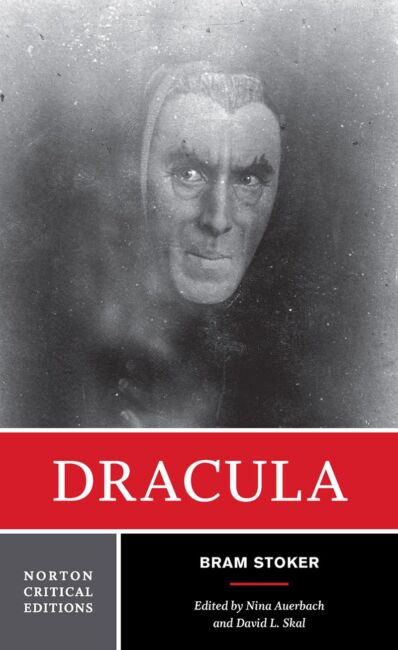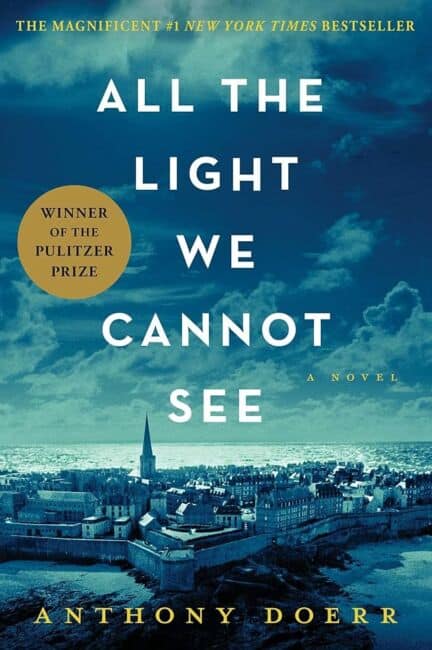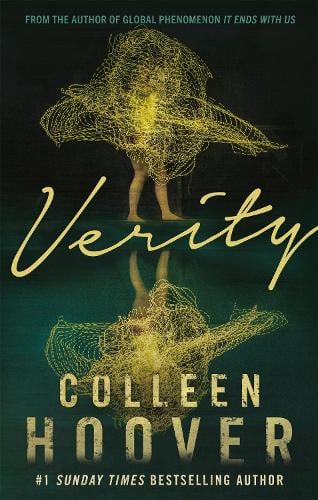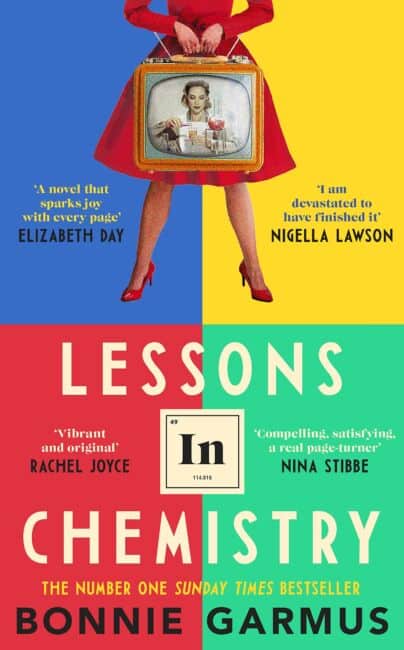Dracula
Bram Stoker
Enter any supermarket in October, and you’ll see at least one “Dracula” Halloween costume. Flick through any movie selection, and it won’t be long before you come across a vampire-inspired spin-off. A behemoth in gothic literature, Bram Stoker’s Dracula has been terrifying and captivating audiences since 1897.
Standing firmly as one of the most famous examples (if not the example) of the gothic novel genre, Dracula has evolved into more of a cultural phenomenon. “Dracula” is now so firmly embedded within the public’s collective imagination that we’ve almost certainly lost sight of the original work of fiction from whence it came. However, to view Dracula solely as a cartoonish character, forgetting about Dracula entirely, is too much of a loss in our book. So, we present to you our review.
“Dracula is to vampire novels as A Study in Scarlet is to detective novels: one of the first, greatest and the story which introduced the character for those genres.”
- The Guardian
We have to dedicate at least a small section of our review to the form of this epic work. Innovatively, Dracula is an epistolary novel, meaning it’s composed of numerous different ephemera, such as journal entries, letters, and correspondences. This fragmented approach is a narrative triumph, giving readers a varied selection of lenses through which to view the action — from helpless victim (and, later, voluptuous wanton) Lucy Westenra to ever-constant Mina Murray.
Stoker spares no detail in his sprawling and harrowing novel — giving audiences at the turn of the century quite the thrill. From gleaming white throats waiting for puncture to howling wolves, stormy nights, and other stereotypical Transylvanian happenings, this novel puts on such a show for its audiences. Although only written just as cinema was beginning to take off, you can’t help but entertain the idea that Stoker had intended this book for the screen (or stage, at least).
“Like an early James Bond, it concerns the abuse of power, with a few brave warriors willing to risk life and soul in the fight against this superhuman enemy. It plays on Victorian fears – of invasion, of the occult, of sex.”
- Journal of Victorian Culture
Studied doggedly by English Literature students of all ages across the world, Dracula is a text rich in themes, tensions, and historical context. At a glance, the work seems like a plain old horror story, but, the more you dig, the more it becomes apparent that Stoker’s work is a highly sophisticated comment on the societal tensions, prejudices, and fears of its time. Why else would such a barbaric, blood-sucking monster look so good in a waistcoat and be able to permeate Britain’s high society so effortlessly?
Founded upon Victorian fears of outside influence, preoccupations with the Empire, and — of course — women’s ankles, Dracula offers a risque narrative for its original audiences, depicting foreign invasion, highly sexualised women, and an attack on the Christian ‘goodness’ by evil — a theme that literature loves. As the protagonists fight against Dracula’s spreading influence from Whitby Abbey and beyond, we find ourselves looking at a textbook case of good vs evil.
A book that everyone knows of but few have actually read, Dracula deserves to be more than just a cultural reference, but a treasured, quotable work.
About Bram Stoker
Abraham Stoker was born on the 8th of November 1847 in the height of the Victorian era. While we know Stoker as a novelist, his contemporaries would have encountered him as more of a business man. Stoker was the PA of Sir Henry Irving (a world-famous actor) and the business manager of the Lyceum Theatre on the West End; perhaps that explains why Dracula has so many theatrical elements.
Working also as a theatre critic for an Irish newspaper, Stoker enjoyed travelling, and it was on one of these travels to Whitby where he found inspiration for his magnum opus, Dracula.
Other works by Bram Stoker
While Dracula dwarfs all other works by Stoker, he was a prolific writer and wrote 14 other novels, as well as a number of short story collections. If you’re looking to get more familiar with Stoker’s works, we recommend The Primrose Path (1875) and Miss Betty (1898), written just after Dracula.
Books that won’t drain you
If reading hours and hours of gothic fiction sounds like it would suck the life out of you — pun intended — how about experimenting with some other genres, like romance, thrillers, or sci-fi. Though we can’t promise there won’t be vampires lurking somewhere in the romance genre. Looking at you, Twilight.
For the latest happenings in the book world, be sure to keep up with the Victoria Freudenheim blog and our latest reviews.




